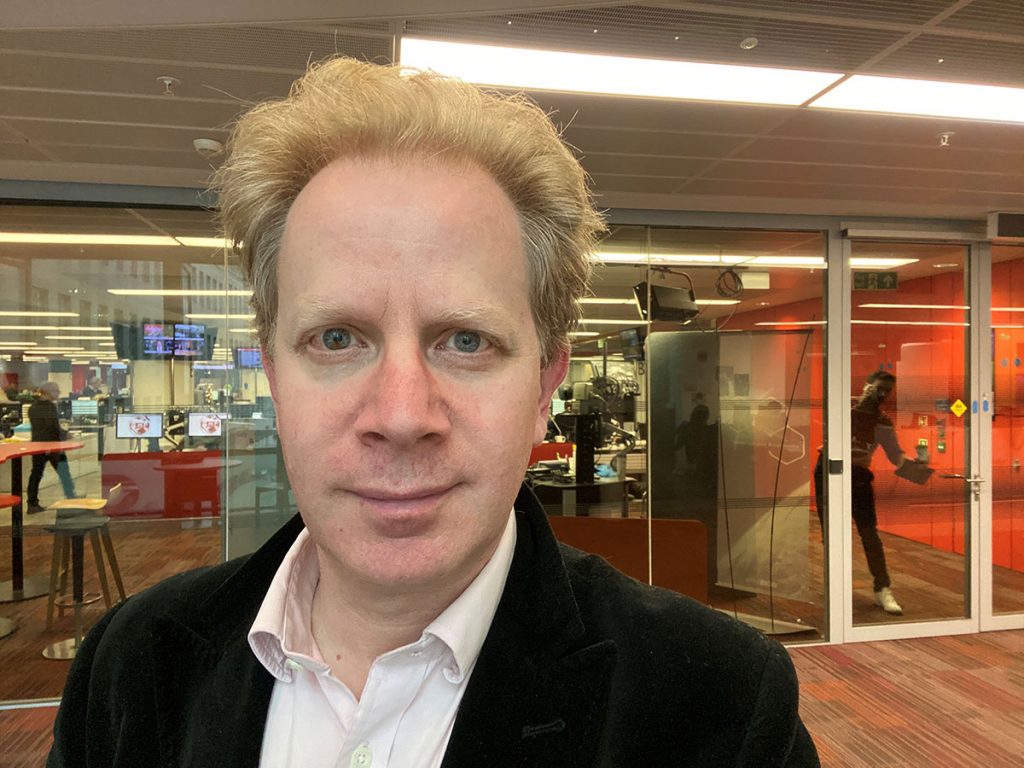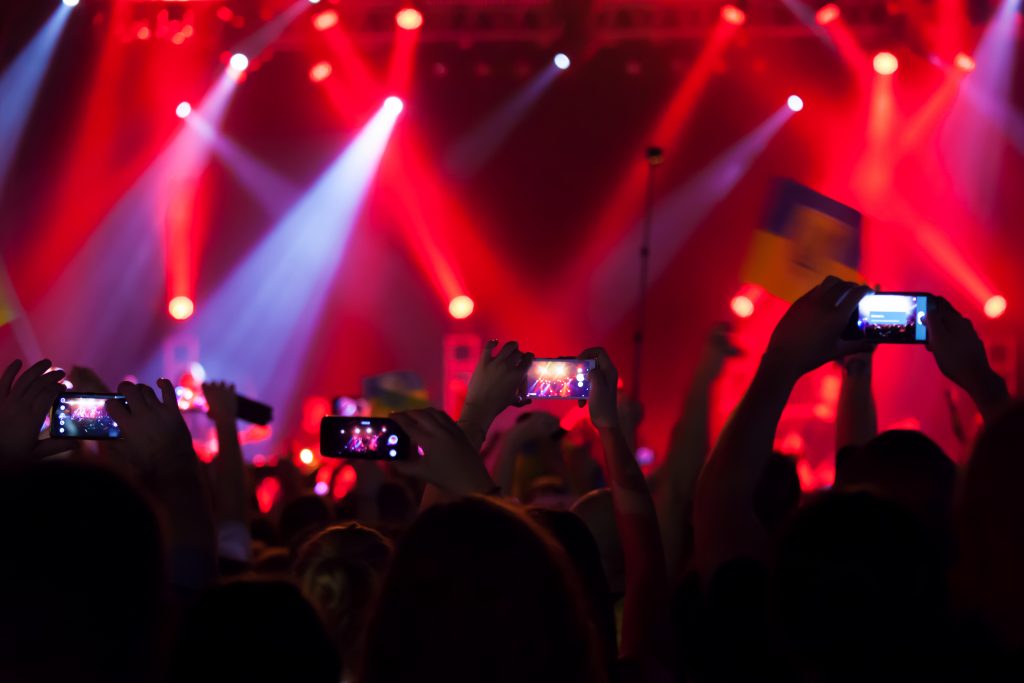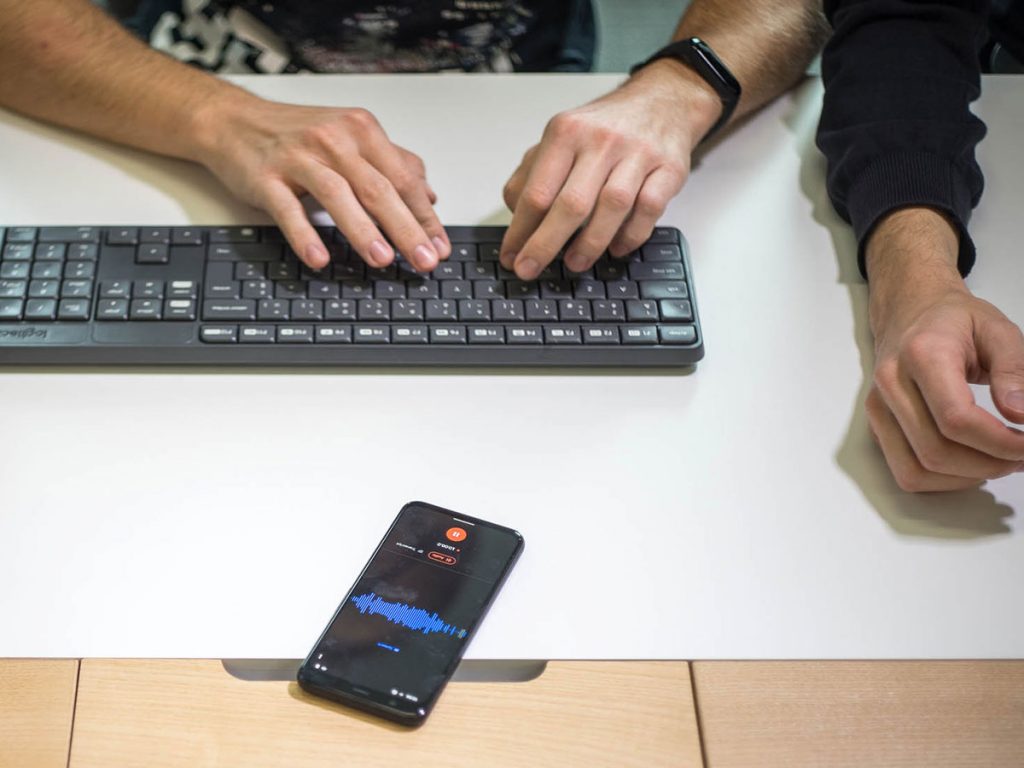Marc Settle works at the BBC Academy training journalists in how to use smartphones for reporting. He’s seen a huge increase in the amount of news reporting being carried out using a phone over the years. His role is to help journalists get the best quality video and audio they can so that it’s suitable for broadcasting.
Marc is excited about the introduction of our new DXOMARK Audio test protocol for smartphones, so Angela Nicholson caught up with him to pick up a few tips on how to get the best results from a phone.
Angela: Judging by your role, smartphones play a vital part in broadcasting these days.
Marc: Most of us carry smartphones now, so they’re everywhere. It means that journalists can report from anywhere in the world as news unfolds. They can report from places where we can’t send a camera crew and get results that are perfectly acceptable to broadcast. In many cases, listeners and viewers are unaware that a smartphone has been used.
Angela: Do BBC journalists tend to record audio or video files?
Marc: Two or three years ago, lots of people were recording audio files, mainly for local radio, but there’s much greater demand for video now. We need it for TV and social media. Naturally, video has both audio and visuals, so it can be used much more widely. That means we don’t see so many audio files by themselves these days.
Angela: And do the journalists use their smartphones as they come in the box, or do they use them with high-end mics and headphones or other accessories?

Marc: Well, we train them to use them with both. Yes, you do get better results with a mic. And naturally, it’s better to wear headphones to monitor the audio that’s being recorded. But you need the right mic for the conditions and you may not always have the perfect one available. The recording conditions are very important, and in the right conditions, the internal mic of a good smartphone is fine.
If you’re inside in a quiet location, the phone mic is good enough to capture broadcast-able audio. If you’re outdoors and it’s windy, it won’t do so well. That’s when an external mic with a wind muff is really useful. But there are also windshields for smartphone mics and I’ve even known journalists to put a sock over the end of the phone to act as one.
Of course, it’s important to know where the mic is and where it is in relation to the camera. That can vary depending upon whether you’re using the front or back camera. If the mic is near the camera, you can’t use a sock to cover it!
Angela: So is part of your training about finding the right location to record?
Marc: Yes, the ideal conditions are a nice quiet room, without echo—a studio, in fact, but that’s often not possible. And of course, it depends upon the story. I always advise avoiding bathrooms and kitchens because they are so echo-prone, but if the story is all about something happening in a kitchen, the video has to be shot in the kitchen.
That may make it best to shoot twice, once for the visuals and the second time for the audio in an area with less echo. Even a curtain can offer a little soundproofing, but some journalists have been known to record a voiceover from under a duvet.
Angela: How would you go about getting the best audio for an interview or voiceover using just a phone?
Marc: If the audio is the paramount concern, then find a quiet room, ideally with soft furnishings to deaden any echo, or a large room away from noisy areas. Before you start, switch the phone to airplane mode to prevent any unwanted interruption.
Then, don’t hold the phone as if you’re making a call, hold it with the mic facing you, level to your mouth, but about 4 to 6 inches away. Keeping it at that distance ensures your voice is loud enough but avoids the pop that can be a problem with some words, such as those that start with a P or a T.
And take care to hold your phone by its sides, with your fingers away from the mic. Try not to move the phone in your hand as you make the recording because the sounds are likely to be picked up.
If you have to record outside in windy conditions, try cupping your hands around the mic.
Angela: And how about if you want to record a conversation among four people?
Marc: Ideally, you want to hold the mic at the correct distance from each person’s mouth, which is rather impractical in a flowing conversation. You could put the phone on a table in front of them, on a pile of books or something to get it to mouth-level, but the people nearest the phone will be louder than those further away. An external mic or cable with a splitter, so you can use two or more mics, would be the best option, but they can be costly.
Angela: Do you have any advice for anyone wanting to record a music gig on their phone?
Marc: That’s a difficult one because the video is usually better near the front of the crowd, but the sound is likely to distort in the recording, so it’s better for audio if you shoot from the back. I’d recommend using an app (or mic) that allows some gain control. This enables you to reduce the input while you film near the front.

Angela: Does the BBC use the video and audio straight from journalists’ smartphones?
Marc: Sometimes, yes—it all depends upon the time and the urgency of the story. If we have a bit of time, we separate the video and audio and process them separately. BBC journalists also have access to an app that allows them to specify the video and audio format to get the best results possible from the hardware. They can then file the report straight to the newsroom from within the app. But that’s the ideal scenario.
Angela: What about playback? How do BBC journalists listen to what they’ve recorded?
Marc: Through their headphones. I can’t imagine any situation in which they wouldn’t use their headphones, at least the ones supplied with the phone.
You can follow Marc under @MarcSettle and @BBCAcademy on Twitter and read more about smartphone journalism on the BBC website. To find out more about DXOMARK smartphone audio testing, read our articles on how we test smartphone audio recording and audio playback.



DXOMARK encourages its readers to share comments on the articles. To read or post comments, Disqus cookies are required. Change your Cookies Preferences and read more about our Comment Policy.